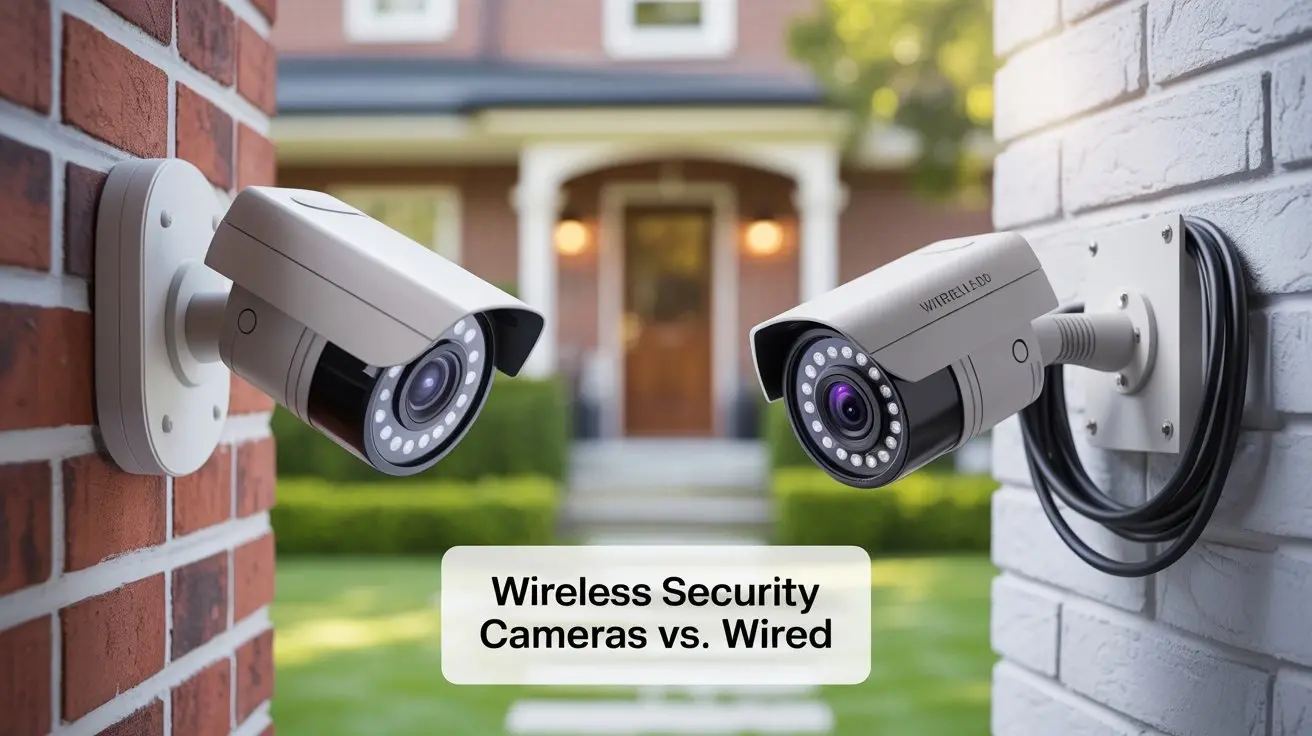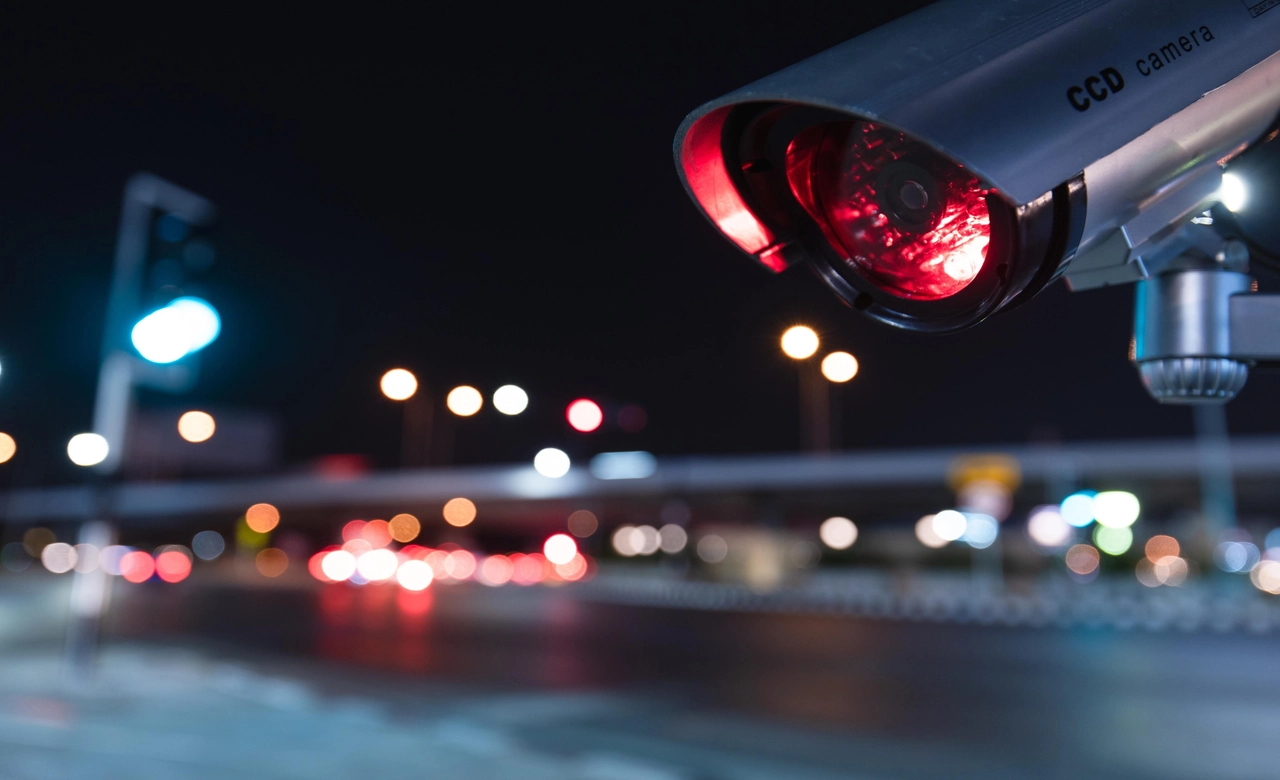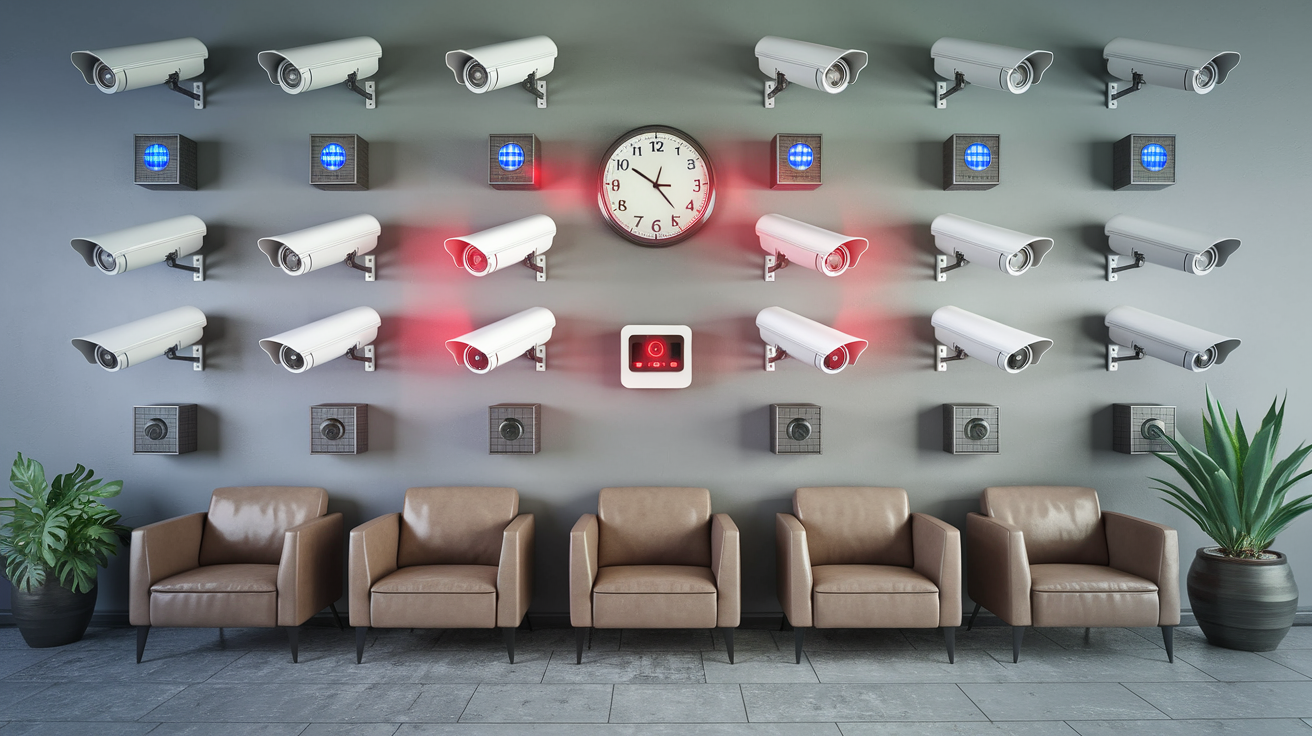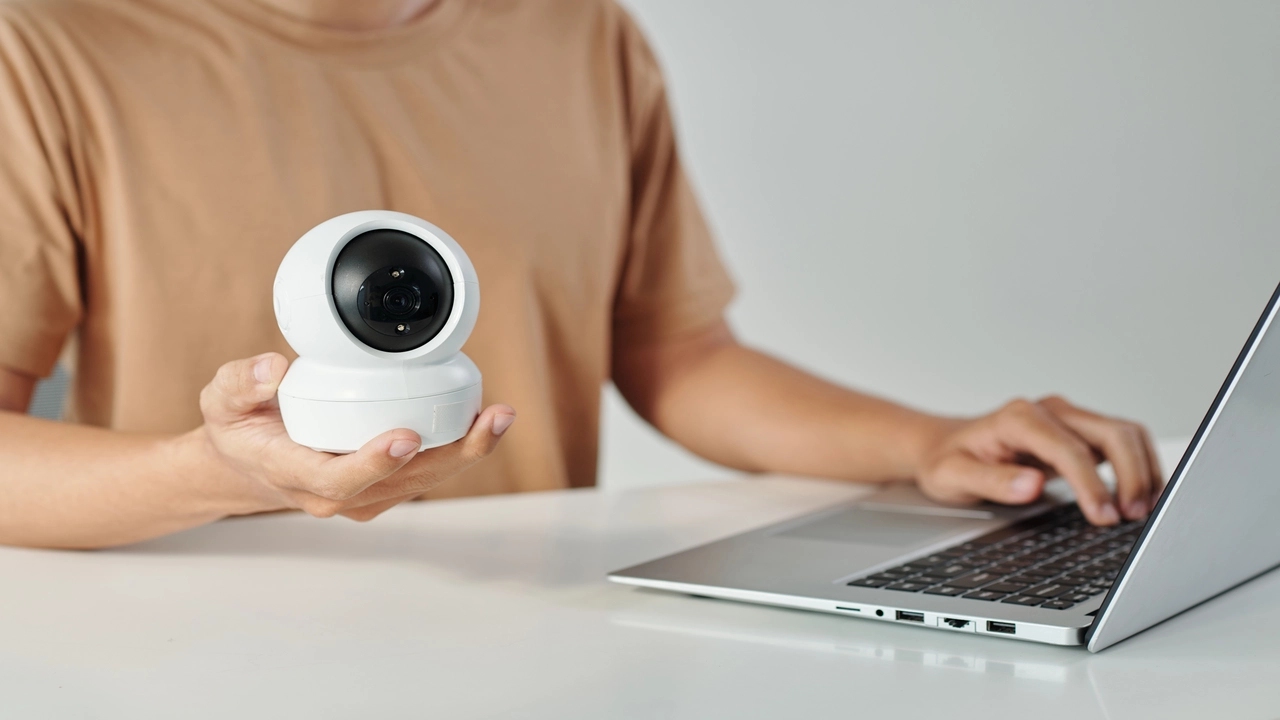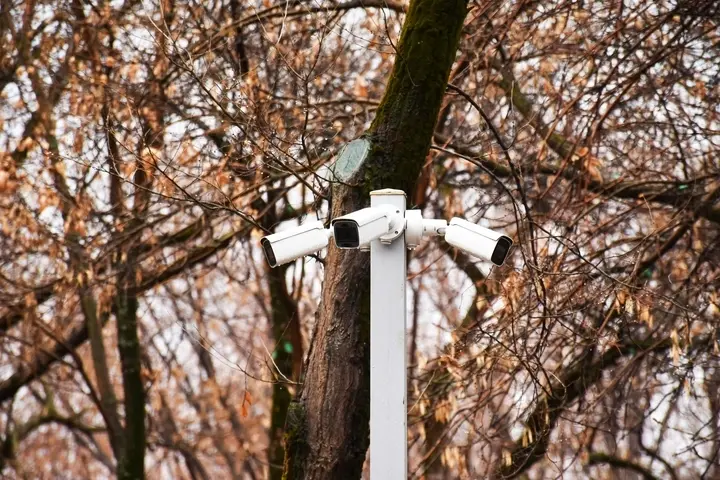
In the ever-evolving landscape of security technology, understanding the importance of surveillance is paramount. Security Cameras play a crucial role in safeguarding homes, businesses, and public spaces. While the intention is to enhance safety, there may be scenarios where individuals seek information on tampering with security cameras. Our mission is to provide comprehensive insights into optimizing security camera systems legally and responsibly.
Assessing Security Camera Vulnerabilities
1. Identifying Weak Points
Security cameras, like any technology, have vulnerabilities that can be exploited if not properly addressed. Understanding the weaknesses in these systems is essential for both security Professionally Installed Systems and individuals seeking to secure their premises effectively.
2. Legal Implications
Before delving into any measures, it's imperative to emphasize that tampering with security cameras is illegal and unethical. Respecting privacy laws and maintaining ethical standards is crucial. This article focuses on securing camera systems legally.
Optimizing Security Camera Systems
1. Upgrading Camera Hardware
Investing in high-quality security camera hardware is the foundation for a robust surveillance system. High-resolution cameras with night vision capabilities ensure clear footage, making it challenging for potential intruders to compromise the system.
2. Implementing Advanced Encryption
To fortify your security camera system, employ state-of-the-art encryption protocols. This not only protects the footage from unauthorized access but also ensures the integrity and confidentiality of the captured data.
Enhancing Network Security
1. Securing Wi-Fi Networks
The backbone of security camera systems often lies in wireless connectivity. Securing your Wi-Fi network with a strong password and WPA3 encryption prevents unauthorized access and minimizes the risk of malicious interference.
2. Regular Software Updates
Keeping both camera firmware and associated applications up-to-date is critical. Regular software updates ensure that potential vulnerabilities are patched, enhancing the overall security of the system.
Implementing Physical Security Measures
1. Strategic Camera Placement
The effectiveness of security cameras is directly influenced by their placement. Strategically positioning cameras in areas with optimal coverage minimizes blind spots and maximizes surveillance efficiency.
2. Tamper-Proof Installations
Preventing tampering requires installations that are tamper-proof. Utilize vandal-resistant housings and mount cameras out of reach to deter potential vandals or intruders.
FAQ's
Q. Are there any legal ways to jam security cameras?
A. Discover legal avenues to protect your privacy without running afoul of the law. Explore alternative methods that empower you without compromising your legal standing.
Q. Can I use jamming devices without getting caught?
A. Uncover the potential risks and consequences of using jamming devices clandestinely. Learn about the measures to avoid legal trouble while pursuing your privacy goals.
Q. Are there specific places where jamming security cameras is more justified?
A. Explore scenarios where the desire to jam security cameras may be more justified. Delve into the ethical considerations and determine when such actions might be deemed acceptable.
Q. How effective are DIY methods in jamming security cameras?
A. For the avid DIY enthusiast, this section evaluates the effectiveness of homemade solutions in jamming security cameras. Learn about the potential pitfalls and successes of taking matters into your own hands.
Q. Can jamming security cameras be considered an act of civil disobedience?
A. Delve into the concept of civil disobedience and whether jamming security cameras can be justified as a form of protest against invasive surveillance. Understand the ethical implications surrounding this controversial stance.
Conclusion
In conclusion, the best approach to security camera systems is through legal and ethical means. Optimizing camera hardware, implementing advanced encryption, securing Wi-Fi networks, regular software updates, strategic placement, and tamper-proof installations are key components of a comprehensive security strategy.


